High Holy Days
Service Details & Registration Information Please register by August 11th
Live and Streaming
Service Schedule
September 22nd
7:30pm-9:00pm*
Potluck Dessert Oneg to follow
September 23rd
Early Service
9:00am-11:30am*
Late Service
12:30pm-3:00pm
Family Service
3:30pm-4:15pm
Community Tashlich
5:00 pm
Rosh Hashanah Day Two
September 24th
10:00am-Noon*
Luncheon to follow
Yom Kippur Kol Nidre
October 1st
Early Service
5:30pm-7:30pm*
Late Service
8:30pm-10:30pm
Yom Kippur
October 2nd
Early Service
9:00am-11:30am*
Late Service
12:30pm-3:00pm
Family Service
3:30pm-4:15pm
Afternoon Discussions
3:15pm
Yizkor and Neilah Service
5:00-7:00pm*
*Live stream service available
Please Note: For the Kol Nidre Services, the sanctuary doors will be closed promptly at 5:30pm and at 8:30pm and will not re-open until the cello solo is completed.
Quick Links
Member, Guest & Reciprocal Tickets
Simplified Tickets
We’ve made our ticketing process easier this year. Tickets will be emailed on September 15, 2025 to all members who have made a payment toward their 2025–26 membership commitment and registered for High Holy Day services. You can either print the ticket or show it on your phone when you arrive. Your ticket and a valid photo ID are required for High Holy Day service entry. If you need assistance, our office staff is available during the week to assist you.
Guest & Reciprocal Tickets
Guest Tickets may be purchased by members for extended family and friends by clicking the ticket order button below. Guest tickets will be emailed to guests commencing on September 15, 2025. The last guest tickets will be emailed at noon on September 22, 2025. Guests can either print the ticket or show it on their phone when they arrive. The ticket and a valid photo ID are required for High Holy Day service entry.
Reciprocal tickets are issued to family and friends who are members in good standing at other URJ affiliated synagogues. Reciprocal tickets are subject to seating availability and may be ordered by calling the main office at (914) 949-4717. Reciprocal tickets will be emailed. Reciprocal tickets can either be printed or shown on a phone when the guest arrives. The ticket and a valid photo ID are required for High Holy Day service entry.
Order All Ticket TypesPlease note that in order to request High Holy Day tickets you must have either paid a minimum of 50% of your dues for the coming year or made payment arrangements with Jess Lorden or Alison Adler.
Youth & Family Service Options
The Jewish journey of every child is vitally important to us at Kol Ami. Our youth worship options create dynamic, meaningful and age appropriate holiday experiences for our children.
Young Children
We are excited to welcome families with young children to in-person services at 3:30pm on our front lawn on Rosh Hashanah Day 1 and Yom Kippur Day. Bring a blanket or lawn chair and experience the beauty of the holiday surrounded by the beauty of nature. In the event of inclement weather, the service will be held in the Main Sanctuary.
Grades K-6
During both the Early and Late services on Rosh Hashanah Day 1 and Yom Kippur Day, we welcome children in grades K-6 to worship in a service designed especially for them while their parents worship in the main service. Registration is required and can be done on the same form as the ticket registration.
Grades 7-12
Teens and pre-teens in grades 7-12 are welcome to worship in the main sanctuary with their parents. Teens in grades 9-12 interested in assisting with youth services can contact Melissa Cohen, our Director of Youth Engagement, at melissacohen@nykolami.org.

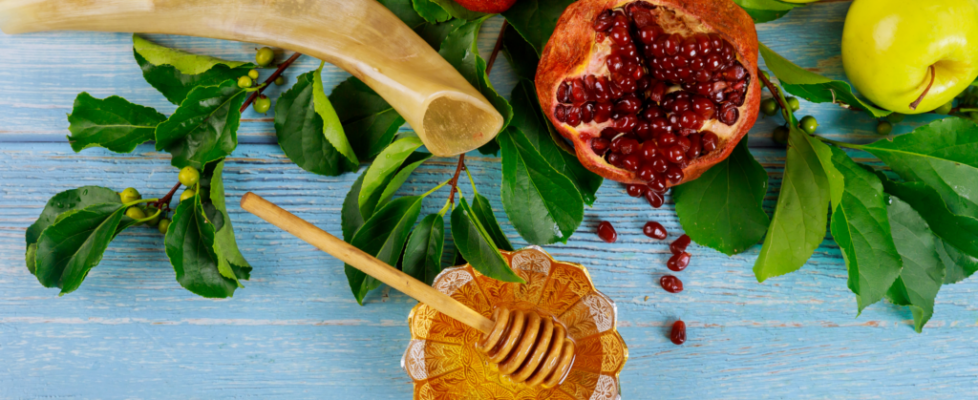
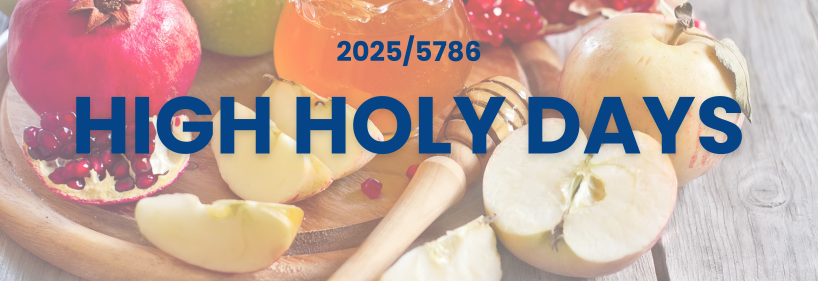
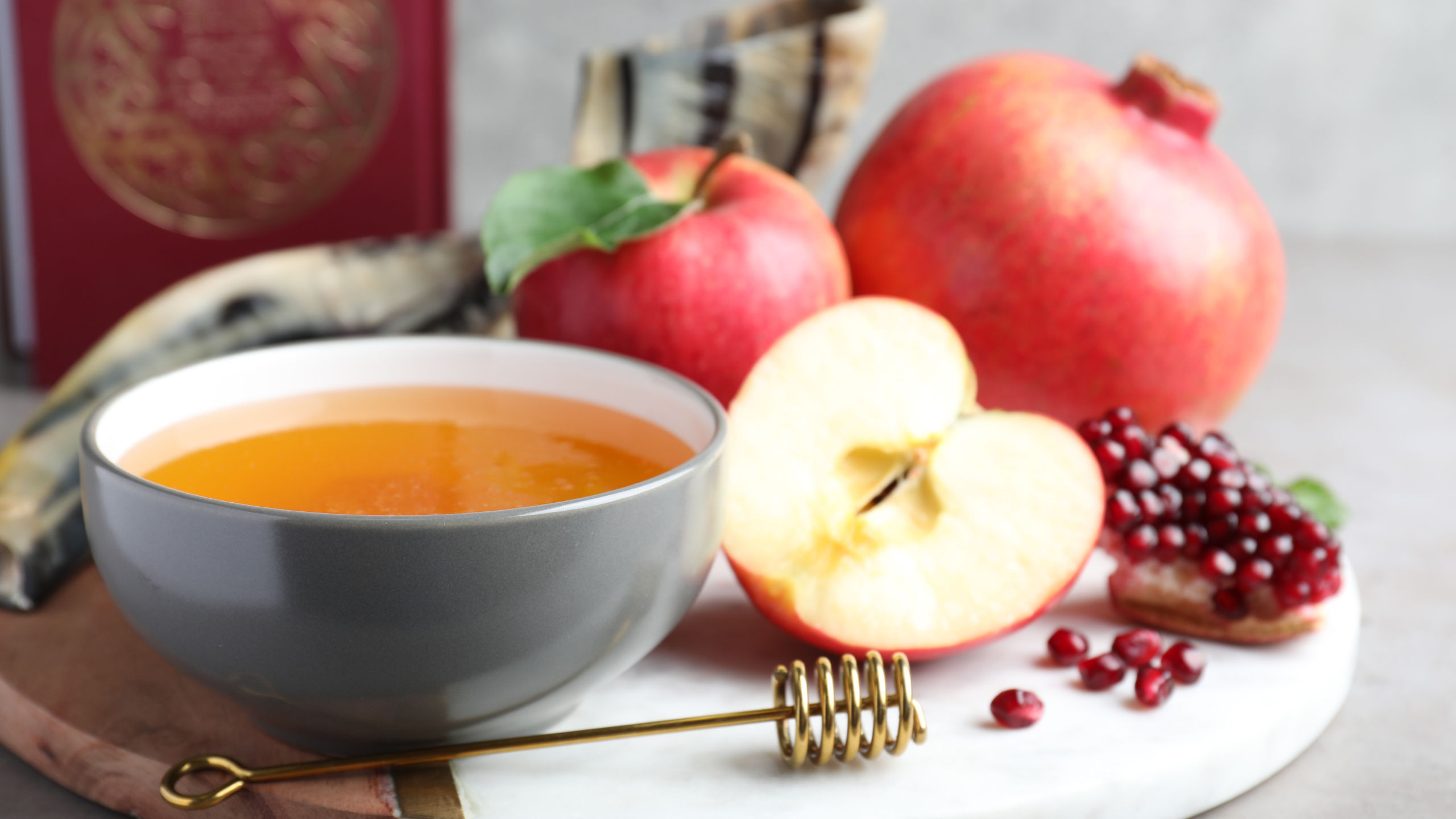
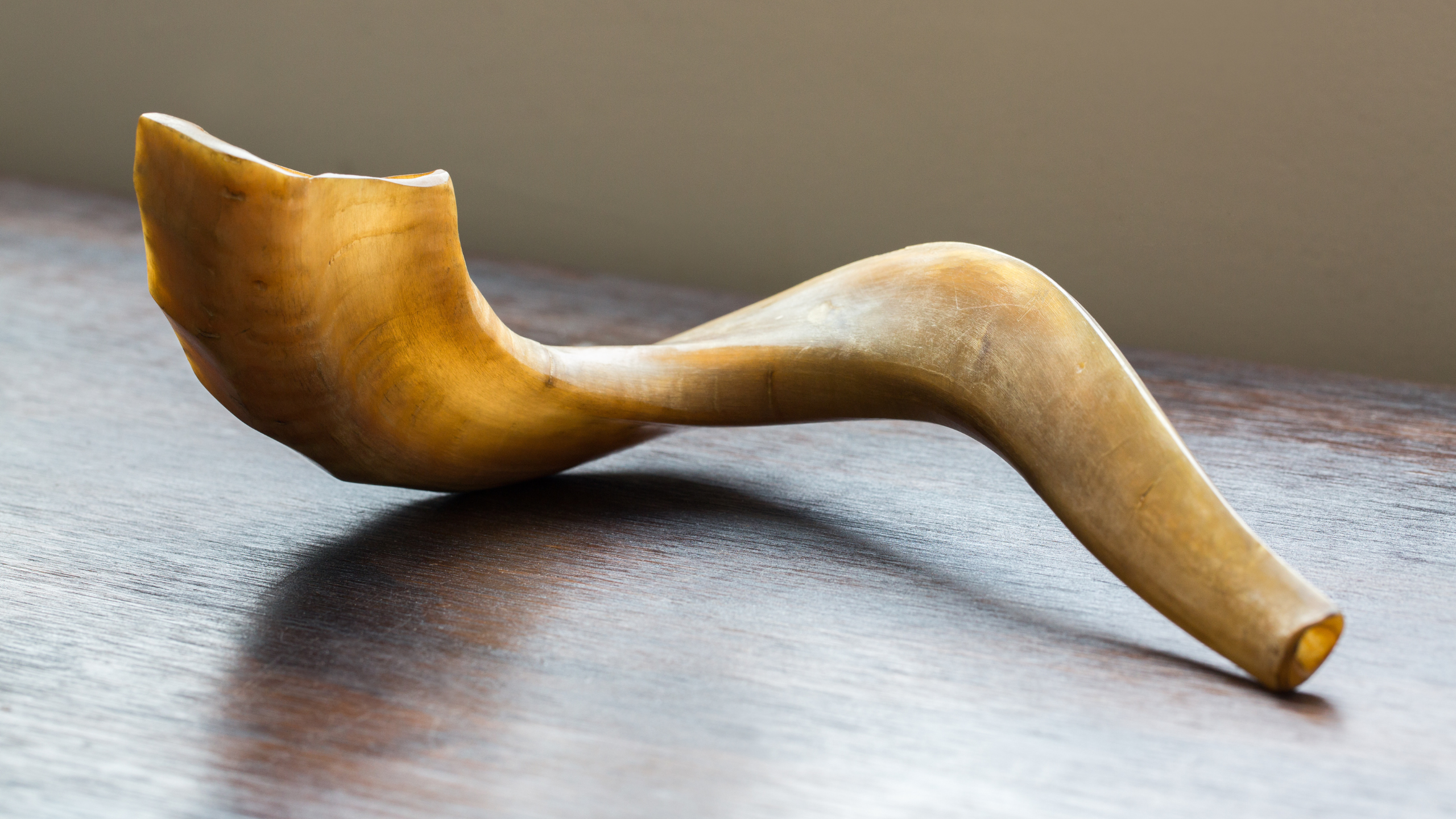

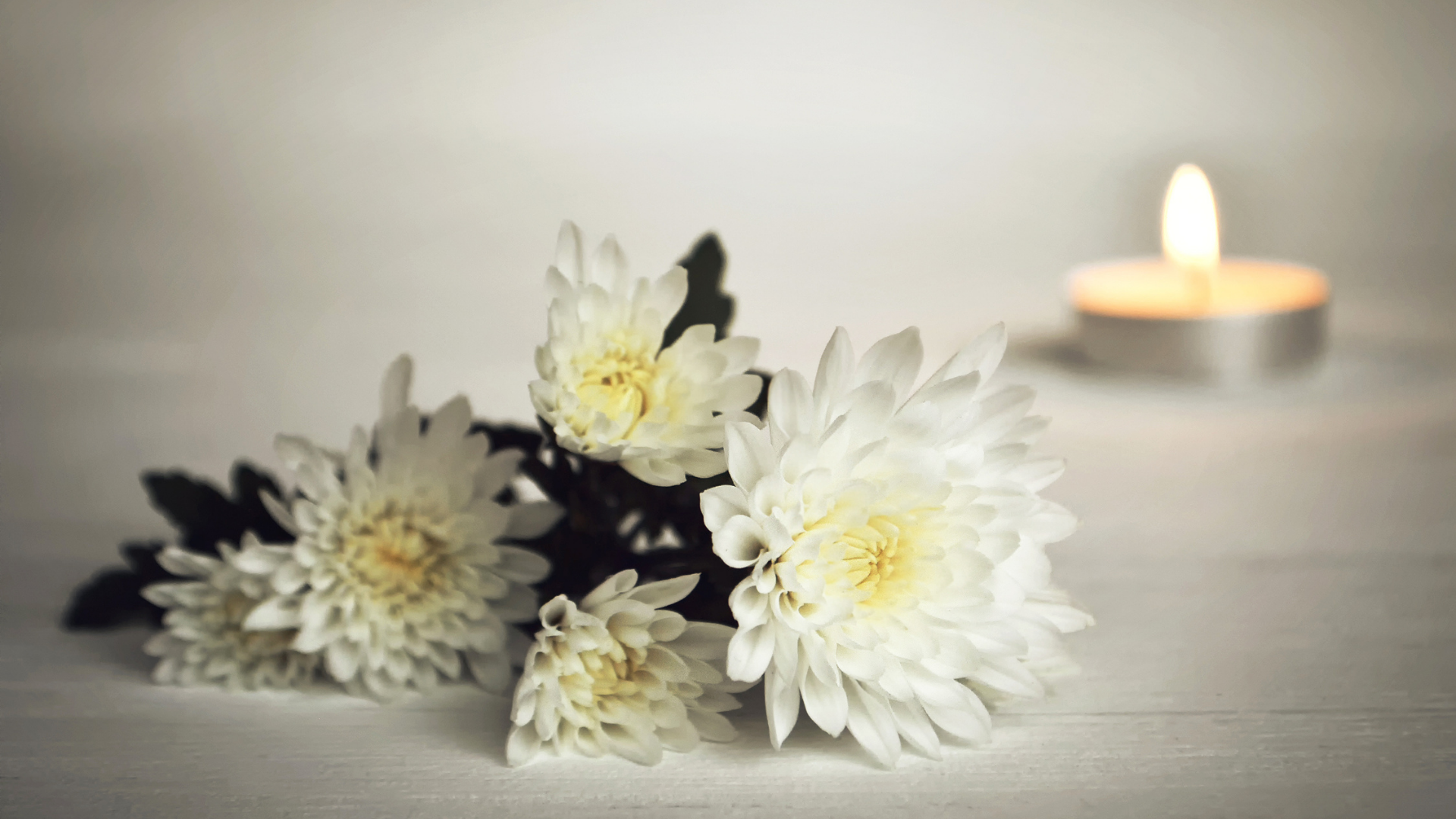
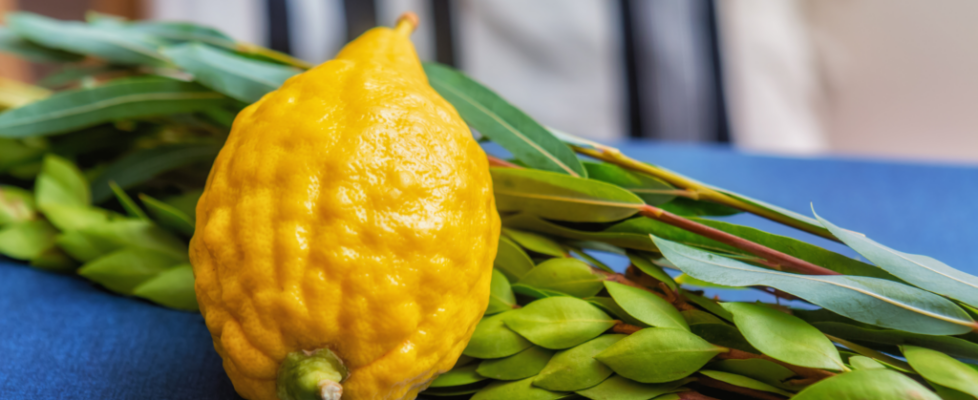
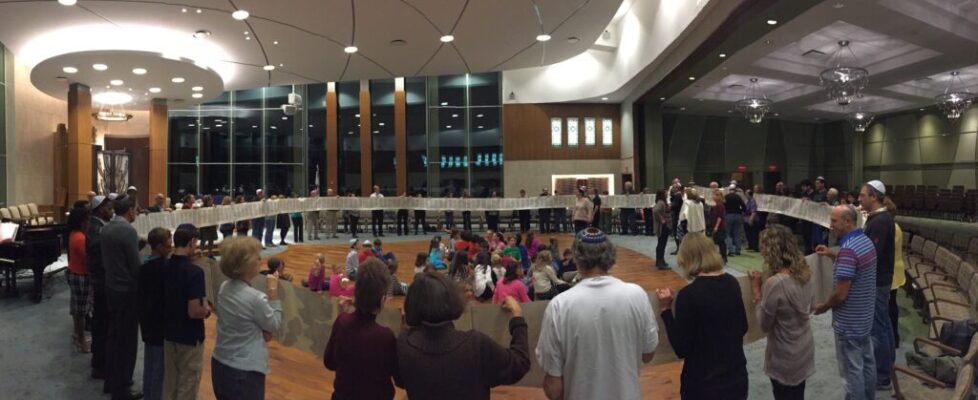
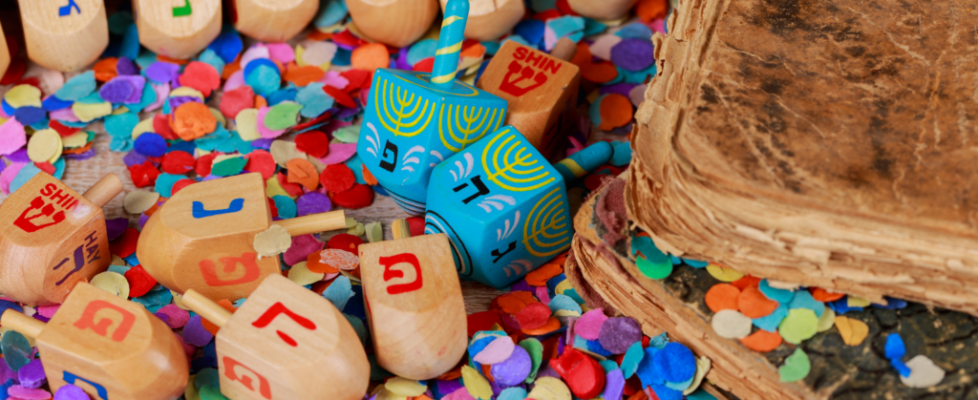

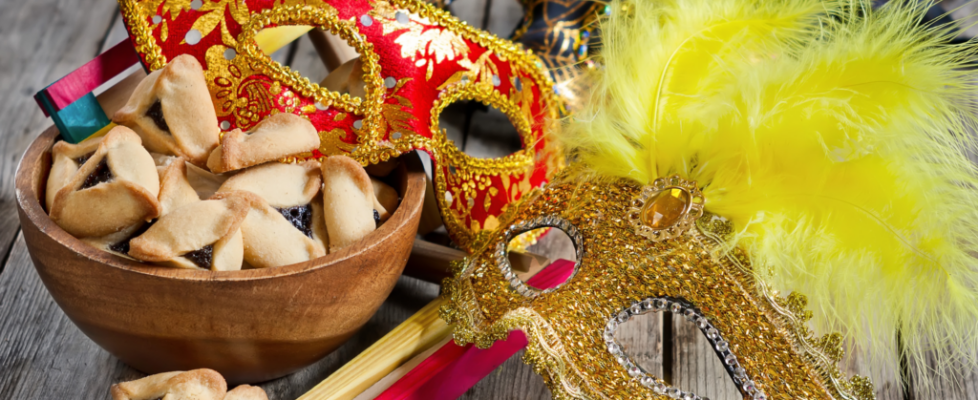
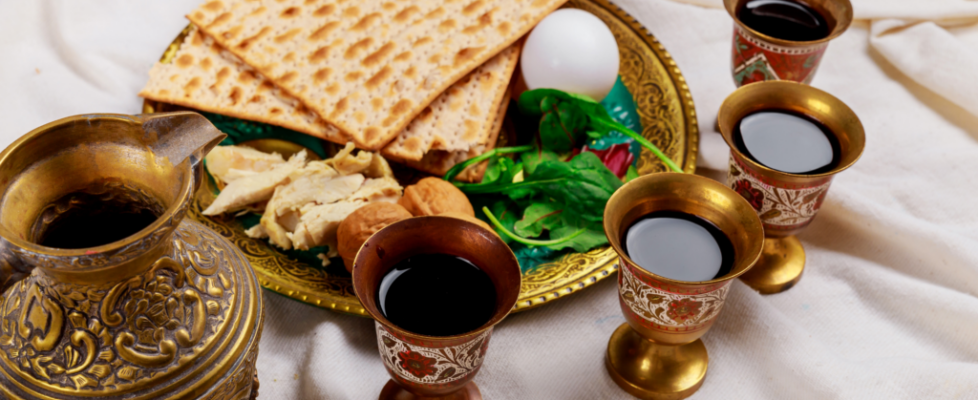
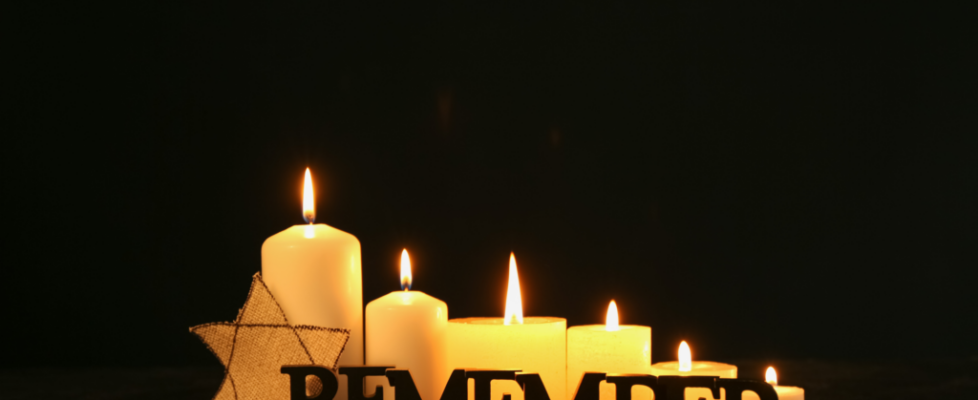
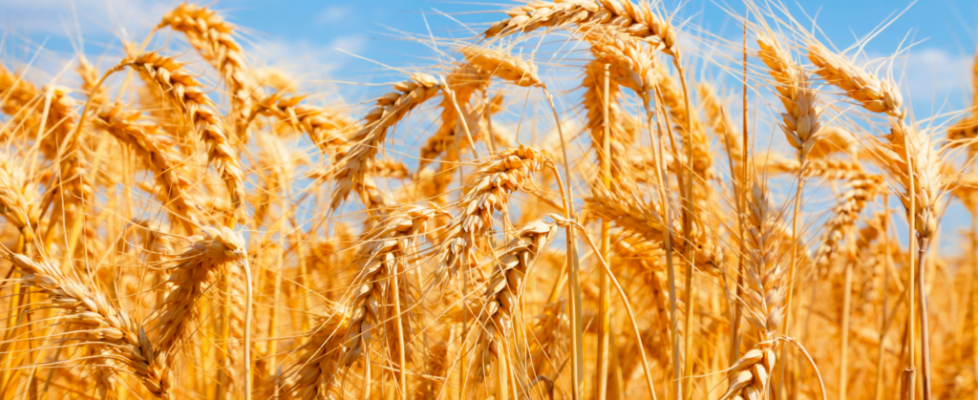

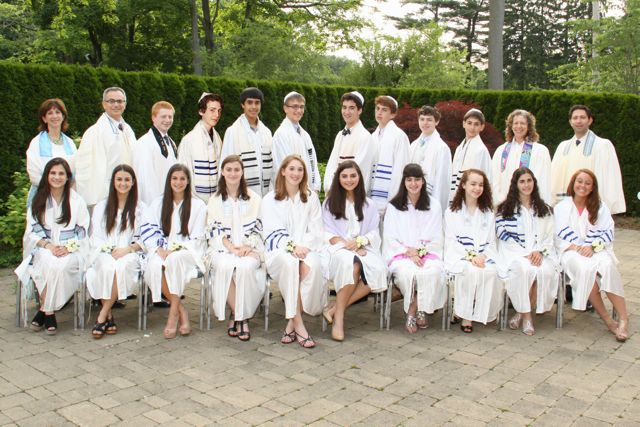 On Erev Shavuot, we celebrate the giving of the Torah to Israel at Mt. Sinai with a
On Erev Shavuot, we celebrate the giving of the Torah to Israel at Mt. Sinai with a